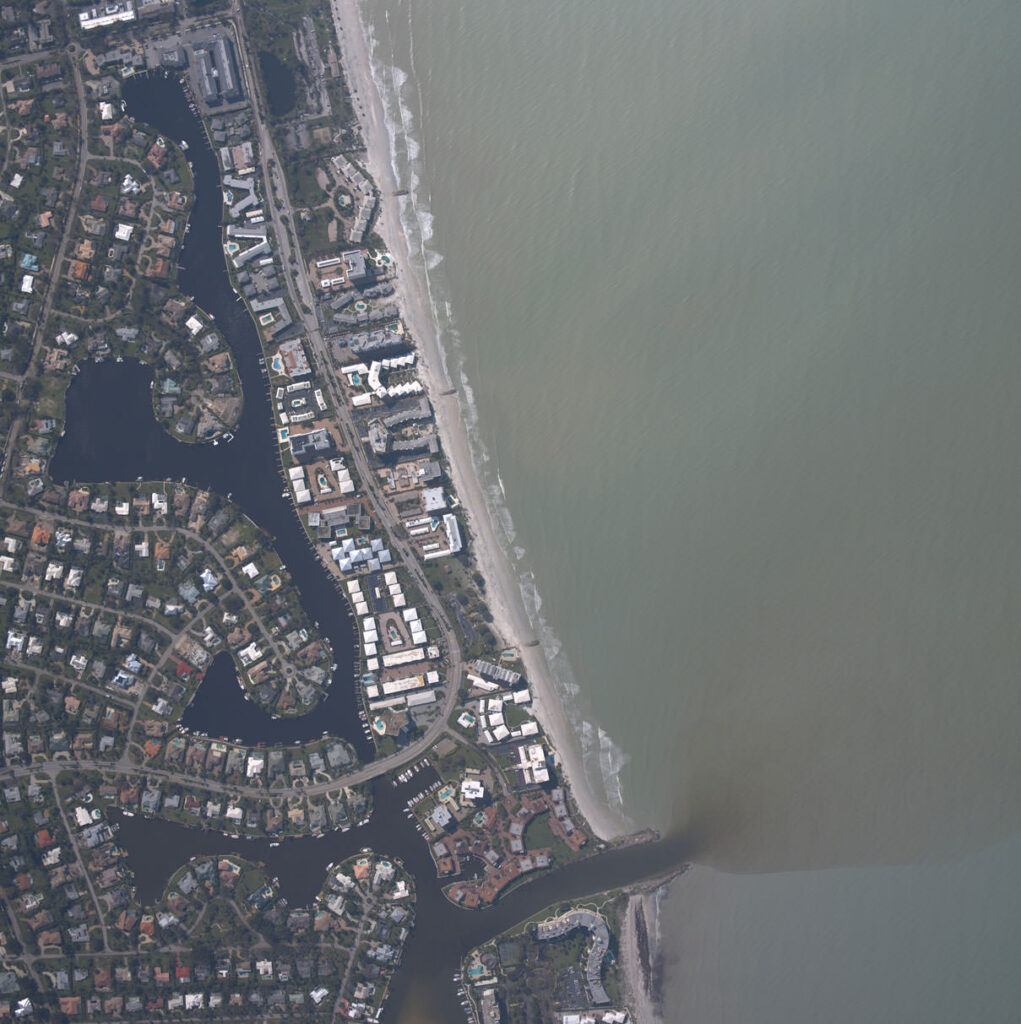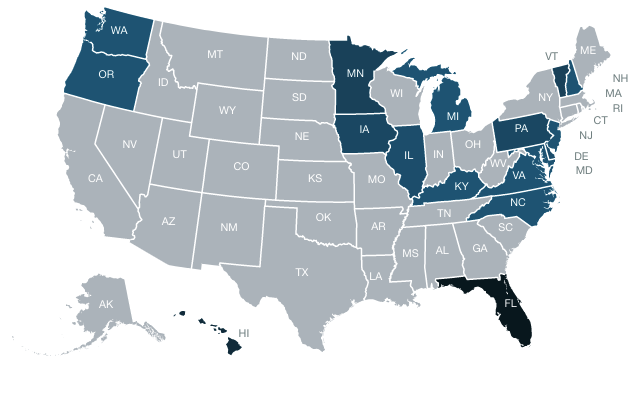
NCEL Blog
Nutrient Pollution: How Excess Nitrogen and Phosphorus are Shaping Health Outcomes
February 19, 2020 | This blog was written by Quinn Adams, NCEL’s Environmental Health Intern. She recently graduated with a BA in Environmental Studies with a focus on public health from the University of Colorado in Boulder.
Nutrient pollution is one of the United States’ most widespread issues, posing as a persistent threat to drinking water sources, human health, outdoor recreation, ecosystem health and more. It is also a problem that is increasingly difficult to solve. We’ve seen a number of nutrient pollution-related events over the past couple of decades ranging from a year-long toxic algal bloom in 2018 impacting miles of Florida’s beaches and marine wildlife to the harmful algae bloom in Lake Erie that left nearly half a million Ohio residents without safe drinking water in August 2014.
But what is the cause of this influx of nutrients to our waterways? What does it mean for human health? And finally, what are the solutions?
This blog dives into the health impacts of excess nutrients in our water systems, the overarching challenges associated with nutrient pollution, and outlines some of the innovative ways that states are taking action.
What is Nutrient Pollution?
As defined by the EPA, nutrient pollution is caused by introducing excess nitrogen and phosphorus into the air and water. Nitrogen and phosphorus exist naturally in aquatic ecosystems, but human activities such as the use of fertilizers, wastewater management, fossil fuel burning, and runoff from use of soaps and detergents introduce excess nutrient pollution into ecosystems faster than it can adapt. This influx of nutrients causes harmful algal blooms (HAB), where excessive algae growth leads to the production of toxins that are harmful to humans and ecosystems.
There are a number of ways that humans can become exposed to HAB’s including exposure from eating fish, swimming, drinking affected water, or breathing in contaminated air. Exposure to HAB’s causes a host of health effects including skin rashes, liver and kidney damage, neurological issues, or respiratory problems. In addition, nitrate, a form of nitrogen commonly found in fertilizers, can enter drinking water sources in high concentrations especially in areas of agricultural production and can cause serious health problems, especially for infants.
Why is Nutrient Pollution Tricky to Address?
Nutrient pollution is a tricky problem to solve as it is most commonly a nonpoint source of pollution. Nonpoint sources are difficult to identify because they are indirect sources of discharge and do not typically come from one place, but rather many places all at once.
Contaminants from point sources enter water directly whereas contaminants from nonpoint sources enter water from locations that are not easily identified.
Additionally, rainwater can carry these nutrients for thousands of miles through river and stream systems indicating that some of the negative impacts of nutrient pollution occur miles from their source. Currently, under the Clean Water Act of 1972, there are no federal regulations for nonpoint source pollution and states are not required to develop their own regulations. Similarly, the 2015 rule that defined the “Waters of the United States” (WOTUS), which placed limits on chemicals used near bodies of water and streams, was recently repealed and replaced with the “Navigable Waters Protection Rule”. Now, farmers are not required to have permits to discharge “potentially harmful substances” into streams and wetlands and there are fewer protections on wetlands and streams that flow only after rain and snowmelt (85 percent of streams in Nevada only flow after rain or snowfall).
What States Are Doing To Combat Nutrient Pollution
Despite these challenges, states are working to support and recognize farmers who are taking steps to address discharge from fertilizer use. For example, the Minnesota Agricultural Water Quality Certification Program is a voluntary opportunity for farmers to take conservation measures in order to protect water quality.
In general, states are actively working to decrease nutrient pollution, maintain the health of aquatic ecosystems, and maintain drinking water quality standards. In the past five years, 16 states have introduced or enacted over 45 pieces of legislation relating to nutrient pollution.
Some states are looking at the source of the issue to find innovative solutions to the nutrient pollution problem. For example, Vermont recently introduced a bill that would require large and medium farms to obtain a water quality permit to ensure that agricultural waste and fertilizers do not enter state waterways. Additionally, the Wisconsin State Senate introduced a bill last year that would create a pilot program to award grants to farmers who implement projects to reduce nitrogen loading or optimize nitrogen usage while protecting water quality.
Other states are hoping to garner federal support to reach nutrient pollution reduction goals. For example, Michigan Representative Darrin Camilleri introduced a resolution in early 2019 that urges the President, Congress and the Environmental Protection Agency to make a commitment to support states in reducing nutrient pollution in the Lake Erie basin by 40 percent by 2025.
Current State Legislation
States are continuing to move forward on this issue with progress on 11 bills in seven states so far during the 2020 legislative session.

